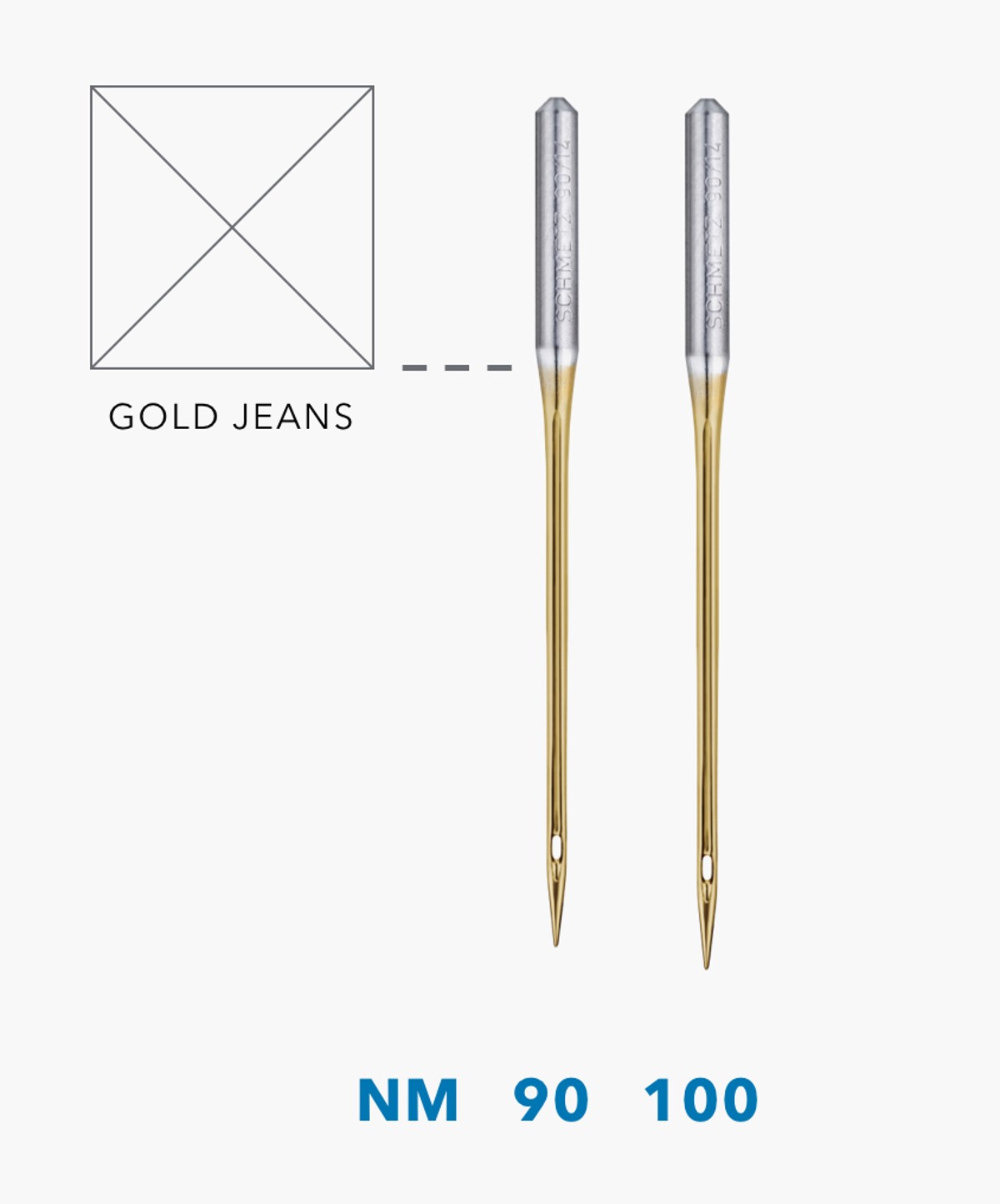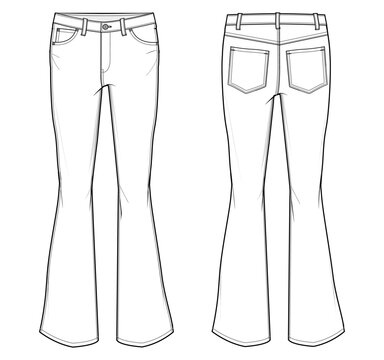
Seam allowance is a critical aspect of constructing ladies' jeans, influencing fit, durability, and overall quality. Understanding how to apply and adjust seam allowances ensures your jeans are not only well-fitting but also durable and aesthetically pleasing. Here’s a detailed look at seam allowance in the context of jeans:
What is Seam Allowance?
Seam allowance refers to the extra fabric added along the edge of pattern pieces that will be joined together with seams. It provides room for sewing, finishing edges, and making adjustments. In jeans, seam allowance varies depending on the construction method and desired finish.
Importance of Seam Allowance
Construction Stability: Adequate seam allowance strengthens the structural integrity of jeans, preventing seams from unraveling or tearing over time.
Fit Adjustments: Seam allowance allows for minor adjustments in fit during the sewing process, accommodating individual body shapes and preferences.
Finishing Techniques: It provides space for finishing techniques like serging, topstitching, and binding, enhancing the durability and aesthetic appeal of the garment.
Room for Modifications: With larger seam allowances, jeans can be altered or let out if needed, extending their lifespan and versatility.
Typical Seam Allowances for Jeans
Side Seams: Generally, side seams in jeans have a seam allowance of ⅜ inch (approximately 1 cm) to ½ inch (approximately 1.25 cm). This allows for a sturdy seam that can withstand frequent wear.
Inseams: Inseams typically have a seam allowance of ½ inch (approximately 1.25 cm) to ⅝ inch (approximately 1.5 cm), ensuring a strong and comfortable fit along the inner leg.
Waistband and Hem: Waistbands and hems often have larger seam allowances, around ⅝ inch to 1 inch (approximately 1.5 cm to 2.5 cm), providing room for adjustments and neat finishes.
Adjusting Seam Allowance
Reducing Seam Allowance: For a closer fit or when working with stretch denim, reduce seam allowance to minimize bulk and achieve a sleek silhouette.
Increasing Seam Allowance: Increase seam allowance for added durability, especially in areas prone to stress like the crotch and waistband.
Consistent Application: Maintain consistent seam allowances throughout the garment to ensure even construction and professional finishing.
Conclusion
Seam allowance is a fundamental element in the construction of ladies' jeans, impacting fit, durability, and sewing techniques. By understanding its importance and how to adjust it according to design and fit requirements, you can create jeans that not only fit impeccably but also withstand the test of time. Whether you're crafting jeans for comfort, style, or functionality, mastering seam allowance ensures your creations are well-constructed and tailored to perfection.




